What is Geolocation?
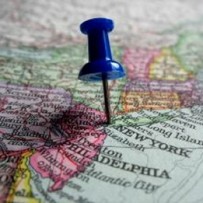
One of the greatest innovations of 2010 was the introducing of Geolocation or said with other words – the ability of people publicly to share their current position. The last one can be very easily defined because nowadays the majority of mobile phones are equipped with GPS chips. It connects the satellite, the satellite measures your coordinates and sends them back to your phone. Having such chip is not mandatory – you can be detected through 3G or Wi-Fi connection as well.
In the last ten years, with the boom of the smartphone industry, we have witnessed the unprecedented success of the social networks. Facebook, Twitter, G+, LinkedIn, they all are one of the most visited sites nowadays, because people want to share, they want to open themselves for the others. But if in Facebook you could change your status and upload some pictures and in Tweeter you would say what you are doing then where can give answer to the question: “Where am I?”
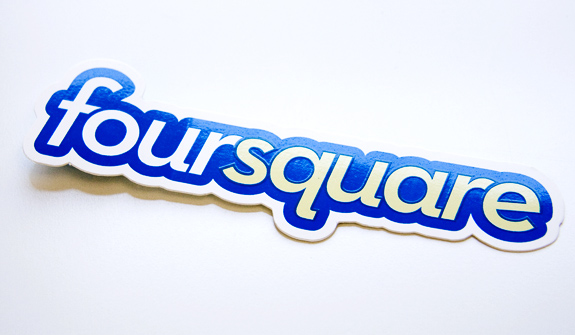 The pioneers in Geolocation were companies like Foursquare and Gowalla, that are now worldwide famous. They have developed their own software, allowing their users to “check-in”, when visiting certain places. As a reward the “signed” person receive some points, which later can be redeemed for gifts or other prizes. You can be also qualified as the major of a place if it is visited by many people, for example a café, and you are the one with the most “check-ins”. Respectively there might be some advantages for you like free cappuccino every Monday morning. The success of these geoapplications was rather astonishing – in the middle of 2011 Foursquare had more than 10 million registered users and an average of 3 million “check-ins” per day on a global scale. With these impressive figures it was only a matter of time for the social giants – Facebook and Twitter – to join the game and their answer wasn’t late.
The pioneers in Geolocation were companies like Foursquare and Gowalla, that are now worldwide famous. They have developed their own software, allowing their users to “check-in”, when visiting certain places. As a reward the “signed” person receive some points, which later can be redeemed for gifts or other prizes. You can be also qualified as the major of a place if it is visited by many people, for example a café, and you are the one with the most “check-ins”. Respectively there might be some advantages for you like free cappuccino every Monday morning. The success of these geoapplications was rather astonishing – in the middle of 2011 Foursquare had more than 10 million registered users and an average of 3 million “check-ins” per day on a global scale. With these impressive figures it was only a matter of time for the social giants – Facebook and Twitter – to join the game and their answer wasn’t late.
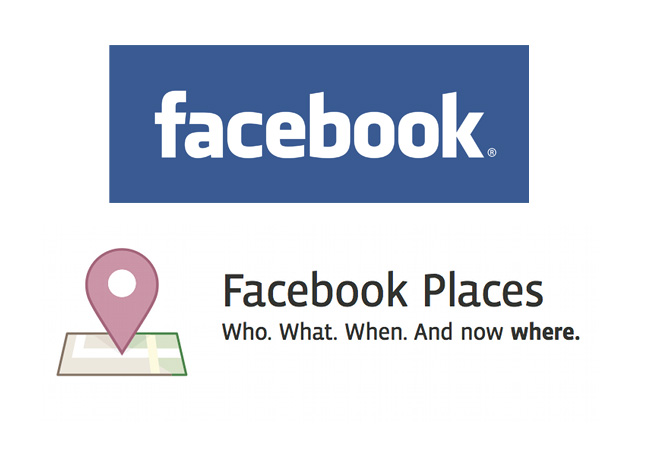 In August 2010 Facebook introduced Facebook Places. Lately, together with Twitter, they presented the option to geotag your photos and statuses. When taking the picture, the device you use establishes a connection with a satellite or a server, receives the current coordinates and encodes them into the photo file. Systems like Picassa and Flickr can use can use that geodata to show you pictures of your friends from the place you are currently visiting. This is a chance to see how everything had looked like before. For example you are going to the Grand Canyon and after checking-in from there you are provided with pictures, taken a year before from some of your acquaintances.
In August 2010 Facebook introduced Facebook Places. Lately, together with Twitter, they presented the option to geotag your photos and statuses. When taking the picture, the device you use establishes a connection with a satellite or a server, receives the current coordinates and encodes them into the photo file. Systems like Picassa and Flickr can use can use that geodata to show you pictures of your friends from the place you are currently visiting. This is a chance to see how everything had looked like before. For example you are going to the Grand Canyon and after checking-in from there you are provided with pictures, taken a year before from some of your acquaintances.
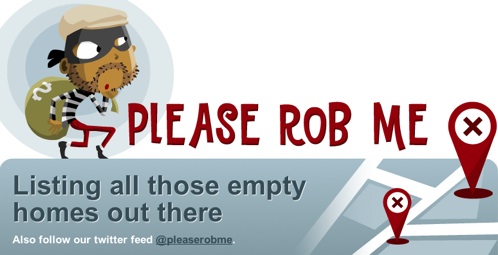 The opponents of geolocating and geotagging would raise the matter of security. Is it safe to announce to the whole world where you are? There was even a site – PleaseRobMe – putting emphasis on the underlying threat. You can bond your Twitter profile with the Foursquare one so that when you check-in, it is retweeted. The purpose of the site was to extract people’s tweets who are saying that they are away from home and to expose them because by sharing such information they make themselves susceptible to thieves. The site raised peoples’ awareness and in order not to be abandoned, the geolocators lead in better sharing options. Now, when signing-in at a position you can choose who to see it – friends, family or everybody.
The opponents of geolocating and geotagging would raise the matter of security. Is it safe to announce to the whole world where you are? There was even a site – PleaseRobMe – putting emphasis on the underlying threat. You can bond your Twitter profile with the Foursquare one so that when you check-in, it is retweeted. The purpose of the site was to extract people’s tweets who are saying that they are away from home and to expose them because by sharing such information they make themselves susceptible to thieves. The site raised peoples’ awareness and in order not to be abandoned, the geolocators lead in better sharing options. Now, when signing-in at a position you can choose who to see it – friends, family or everybody.
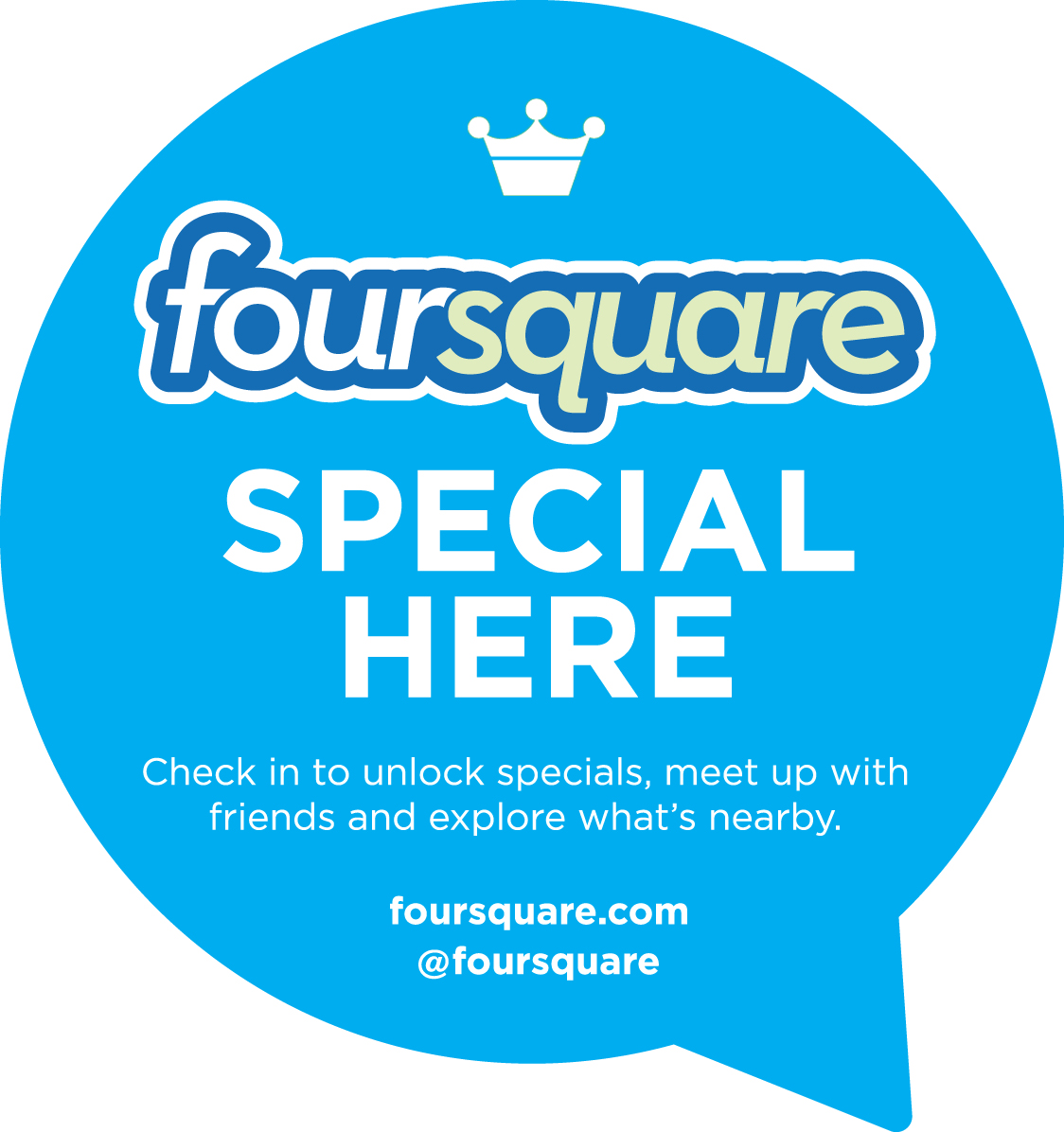 Despite these security problems, geolocating is becoming more and more popular and together with geotagging it is giving birth to new tendencies like geosocialising and geomarketing. Some of the users think that the places you visit would show the others what kind of personality you are, or where you can be most commonly found. This exactly is one of the main ideas of Foursquare – to be able to meet your friends spontaneously. If a friend checks in the nearby club, why don’t go and see him/her. Such unexpected meetings are often very surprising and bring in a lot of positive emotions. Furthermore the applications and social webs mentioned above can be used as marketing implements as well.
Despite these security problems, geolocating is becoming more and more popular and together with geotagging it is giving birth to new tendencies like geosocialising and geomarketing. Some of the users think that the places you visit would show the others what kind of personality you are, or where you can be most commonly found. This exactly is one of the main ideas of Foursquare – to be able to meet your friends spontaneously. If a friend checks in the nearby club, why don’t go and see him/her. Such unexpected meetings are often very surprising and bring in a lot of positive emotions. Furthermore the applications and social webs mentioned above can be used as marketing implements as well.
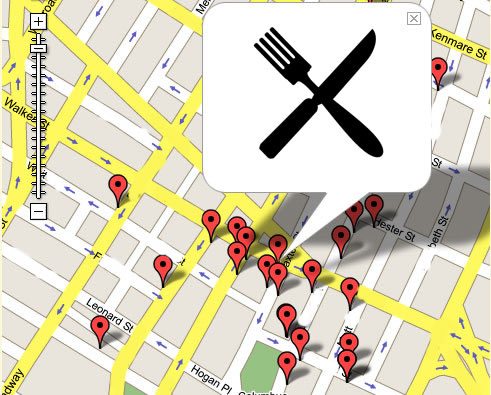 If you see that e colleague has visited a Chinese restaurant you can recommend him others through Foursquare of Facebook where he would go the next time. Moreover everyday you go to one and the same café and everyday you check-in there. The constant publications make your friends curious and they decide to visit it too.Not only places but products and services can be advertised “geographically” as well. Imagine that you see a picture of one really tasteful piece of pizza your friend has shared. You want to try it too but don’t know where. Luckily at the bottom of the photo there is a little description tag saying “I ate pizza at LINK”, where LINK stands for the location of the pizzeria in Google Maps. Very beneficial, isn’t it?
If you see that e colleague has visited a Chinese restaurant you can recommend him others through Foursquare of Facebook where he would go the next time. Moreover everyday you go to one and the same café and everyday you check-in there. The constant publications make your friends curious and they decide to visit it too.Not only places but products and services can be advertised “geographically” as well. Imagine that you see a picture of one really tasteful piece of pizza your friend has shared. You want to try it too but don’t know where. Luckily at the bottom of the photo there is a little description tag saying “I ate pizza at LINK”, where LINK stands for the location of the pizzeria in Google Maps. Very beneficial, isn’t it?
So far geolocation has turned out to be really liked and has won many followers. Now uploading a picture you can indicate not only the time of capturing and the people present but the place where it was taken too. Taking into account the rapid technological advances it is only a matter of time to see the next “cutting-edge” tendency that will surpass geolocation and might change the way we live.
